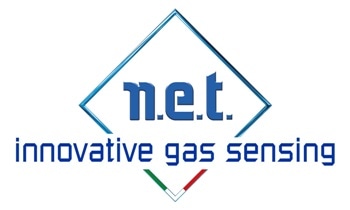The R454B is an ‘extremely flammable gas’ according to the EU Regulation 1272/2008, and ‘Mildly Flammable Gas’ (A2L) according to the ASHRAE classification. It is one of the best candidates to replace the widely employed R410A, in new direct expansion air conditioning, heat pump and chiller equipment.
Features of R454B
R454B produced by Chemours as Opteon™ XL41 is a low global warming potential (GWP), non-ozone depleting, hydrofluoro-olefin (HFO) based refrigerant. It produces the lowest GWP available (466) of all near-drop-in solutions with a decrease of 78% in comparison to R410A. Its ozone depletion potential is 0%.
Advantages
Additionally, it is extremely similar to R410A and in some instances, gives even better performances concerning efficiency and capacity, while providing more than a 30% decrease in GWP when compared to R32, another industry candidate to replace R410A.
Composition
R454B is made up of 68.9% R32 and 31.1% R1234yf. It possesses an LFL (LEL) of 0.303 kg/m3. R454B permits much higher charge sizes than other flammable refrigerants and can be employed by following the applicable standards and codes.
Applications
R454B has been chosen by primary equipment manufacturers, and to replace R410A in light commercial and ducted residential packaged products to move towards solutions which are more environmentally sustainable. R454B is slightly more challenging to manage, compared to the R32 alone, as it is a mixture of two gases, whereas R32 is a single component gas.
This is particularly apparent when there is a leak and the two components do not leak at the same speed, altering the composition of the initial mixture. The immediate leakage detection is crucial to avoid environmental damages and financial losses. N.E.T. has created a specific sensor for R454B which is available both in the PRO and LITE Version.
.jpg)
The sensor is SIL2-rated, in standard industrial 7-series size (32 mm), to fit existing detectors, allocated in robust, solid construction with a stainless-steel enclosure. The PRO sensor is made for the high-end market, where precision and accuracy are required. The Lite version is created for HVAC-R and price-sensitive markets.
With a one-year calibration span, to decrease maintenance costs and MTBF of over five years, for longer sensor lifetime, it can work on a wide temperature range (-20 °C to +50 °C), for utilization in any environment. It possesses quick T90 response time and superior selectivity, for life-saving and critical applications, analog or ModBus output (proportional for the PRO version, and thresholds for the LITE version).

This information has been sourced, reviewed and adapted from materials provided by Nano Environment Technology (N.E.T).
For more information on this source, please visit Nano Environment Technology (N.E.T).